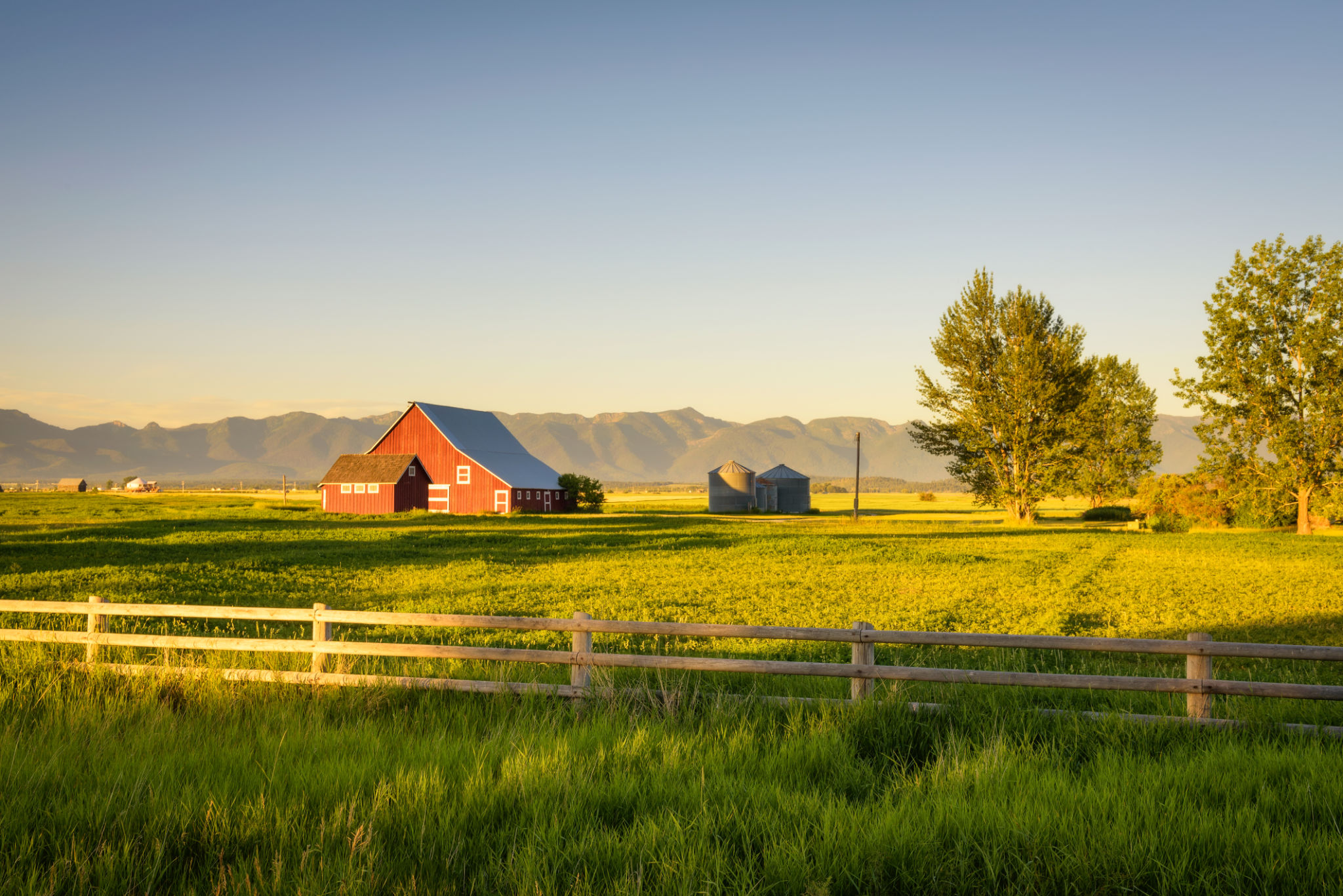Preparing Your Farm for Seasonal Changes in Texas
Understanding Texas Weather Patterns
Texas is known for its diverse climate, which can range from arid in the west to humid in the east. Understanding these weather patterns is crucial for farmers as they prepare their land and livestock for seasonal changes. Each season brings its own set of challenges, and being prepared can mean the difference between a successful harvest and a disappointing one.
The state's vastness means that weather conditions can vary significantly from one region to another. It's essential to stay informed about local forecasts and long-term climate predictions to make informed decisions for your farm.

Preparing for Winter
Winter in Texas can be unpredictable, with temperatures fluctuating widely. It's vital to protect your crops and livestock from sudden cold snaps. Ensure that you have adequate shelter and heating for animals to prevent hypothermia and frostbite. Additionally, check that your water sources are not prone to freezing, as livestock needs a constant supply of fresh water.
For crops, consider planting cold-resistant varieties and using row covers or mulch to shield plants from frost. It's also wise to conduct a soil test before winter to determine nutrient levels and make necessary amendments that will support healthy growth in the spring.
Spring Planting Strategies
As temperatures rise, spring is the time to prepare your fields for planting. Start by tilling the soil and incorporating organic matter to improve soil structure and fertility. Plan your crop rotation carefully to prevent pest build-up and enhance soil health.

Early spring is also an excellent time to plant cover crops. These crops can suppress weeds, reduce erosion, and add nutrients back into the soil. Be sure to choose cover crops that align with your main plantings to maximize their benefits.
Managing Summer Heat
Texas summers are notoriously hot and dry, which can stress both crops and livestock. Implement an efficient irrigation system to ensure your plants receive adequate water without wastage. Drip irrigation systems are particularly effective, as they deliver water directly to the root zone.
Provide ample shade and access to water for animals to prevent heat stress. Monitor them closely for signs of overheating, such as excessive panting or lethargy. It's also important to adjust feeding schedules to cooler parts of the day, like early morning or late evening.

Preparing for Fall Harvest
The fall season is a busy time for Texas farmers as they prepare for harvest. Begin by cleaning and maintaining equipment to avoid any mechanical failures during this critical period. Plan your harvest schedule carefully, considering weather forecasts to avoid rain-soaked fields.
Additionally, review your storage facilities to ensure they are ready to handle the anticipated yield. Proper ventilation and temperature control are crucial in preventing spoilage and maintaining crop quality.
Leveraging Technology for Better Planning
Incorporating technology into farm management can significantly aid in preparing for seasonal changes. Utilize weather apps and forecasting tools that provide real-time updates and predictions. These tools can help you make timely decisions regarding planting, irrigation, and harvesting.

Furthermore, consider investing in farm management software that tracks crop progress, soil health, and equipment maintenance schedules. This data-driven approach enables you to plan more efficiently and react promptly to any challenges that arise.
Conclusion: Adapting to Change
Preparing your farm for seasonal changes in Texas requires a proactive approach and a willingness to adapt strategies as needed. By understanding local weather patterns, implementing effective practices, and leveraging technology, you can ensure the resilience and productivity of your farm throughout the year.